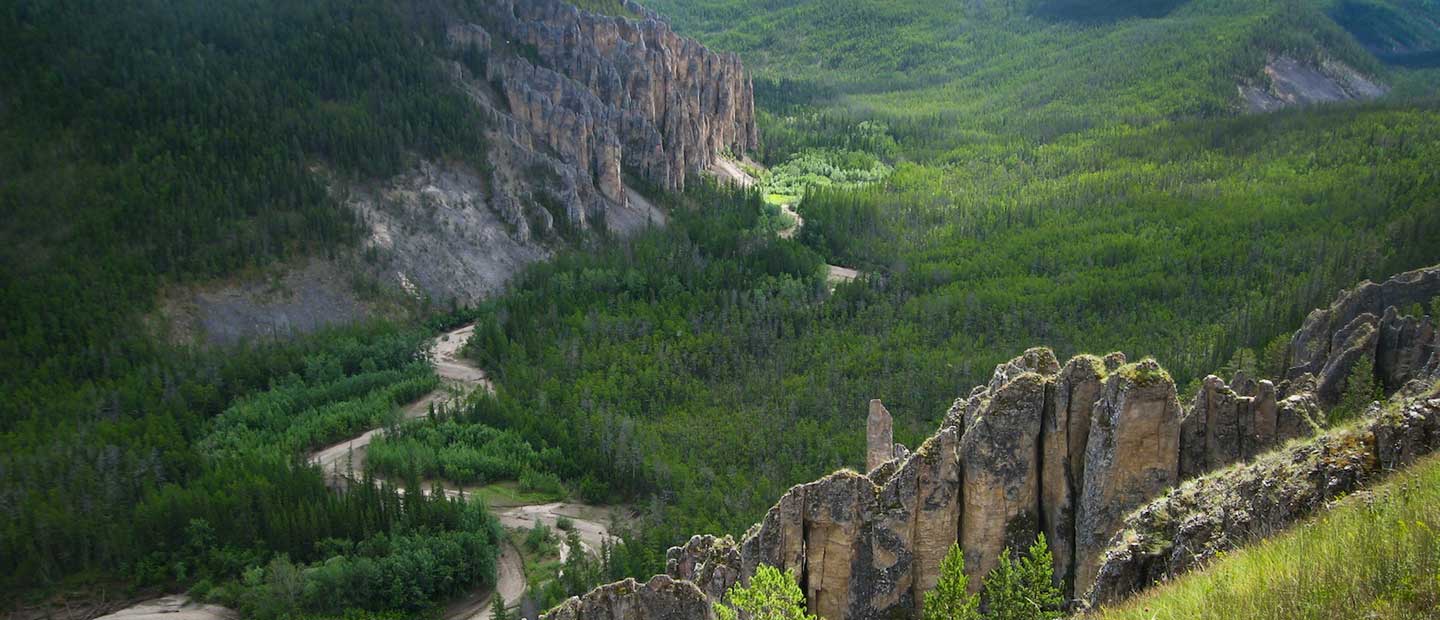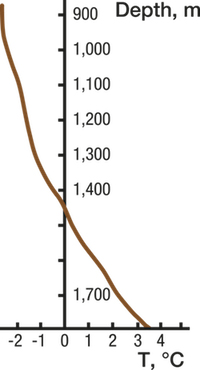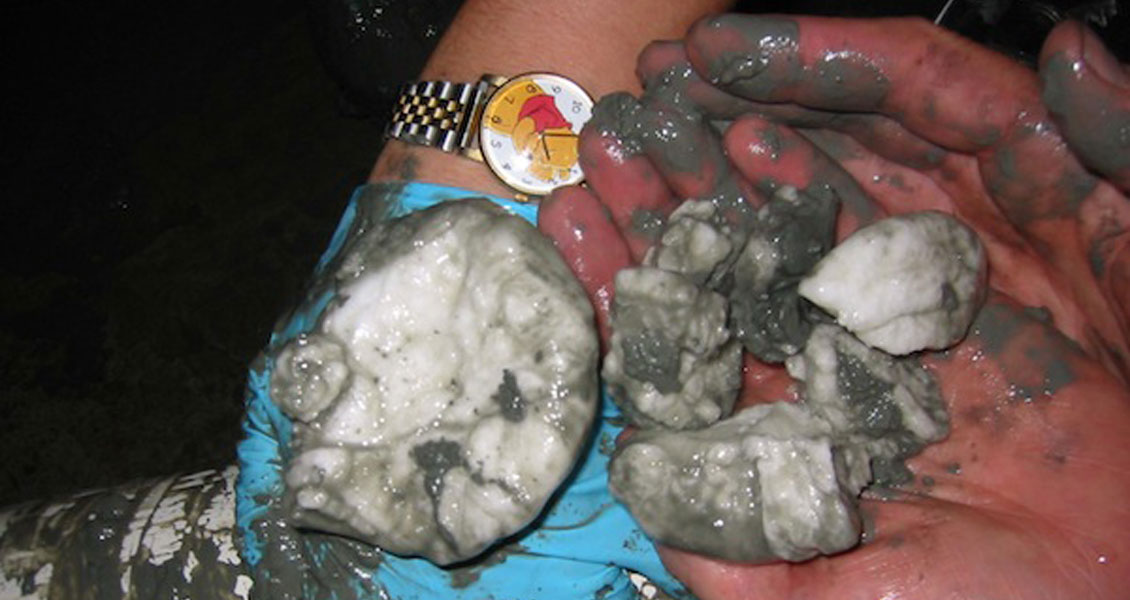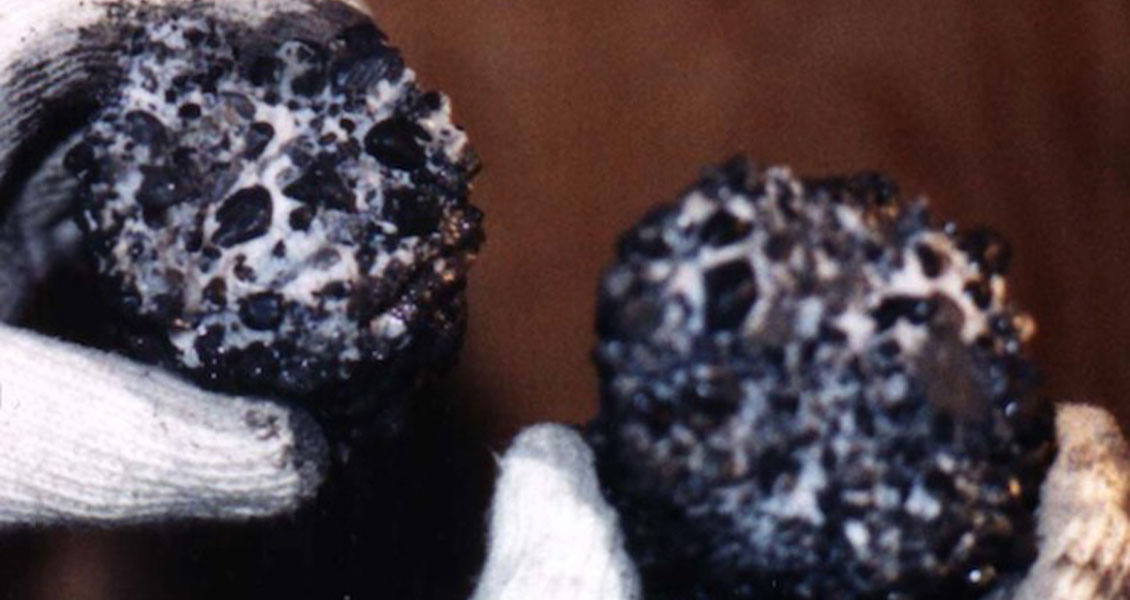“Curiosity is always the starting point for solutions to a problem.” Galileo Galilei (1564-1642)
In a series of articles we will explain in a simple way what gas hydrates are, where they can be found in nature, and what their physical properties are. Natural gas hydrates are a potential source of energy and may play a role in climate change and geological hazards. A number of countries, including Japan, USA , India, China, Korea, Germany, and others, have national programmes for studying and industrial production of natural gas from hydrates.
Doubted by Experts
Yakutia, or the Sakha Republic, is a vast unexplored region of Siberia in the north-east of Russia. It is one of the rare places left on Earth where large expanses of wild nature – mountains, rivers, lakes, forests, tundra – are saved untouched by civilisation. Yakutia is located in a permafrost zone, although the climate is continental, with summer temperatures in July in the city of Yakutsk reaching 40°C, as hot as Tokyo, while in winter it goes down to -50°C.
 The wild mountain landscape of Siberian taiga along the Lena River in Lenskie Stolby National Nature Park, Yakutia, Russia. Source: Tatiana Grozetskaya / Dreamstime.comYakutia is where we find the Cold Pole, the coldest place in the northern hemisphere, where in 1924 the lowest ever temperature for our hemisphere, -71.2°C, was recorded. Here, beyond the Polar Circle, the night lasts all winter, and the day all summer.
The wild mountain landscape of Siberian taiga along the Lena River in Lenskie Stolby National Nature Park, Yakutia, Russia. Source: Tatiana Grozetskaya / Dreamstime.comYakutia is where we find the Cold Pole, the coldest place in the northern hemisphere, where in 1924 the lowest ever temperature for our hemisphere, -71.2°C, was recorded. Here, beyond the Polar Circle, the night lasts all winter, and the day all summer.
It is 1963, and Yuri Makogon, then at the Moscow Oil-Gas Gubkin Institute with a fresh MSc degree in petroleum engineering (now recently retired from Texas A&M University), is staying in the north-western part of Yakutia. He participates in the drilling of the Markhinskaya well, down to 1,800m depth where the temperature is 3.8°C. The well reveals a section of rock at 0°C temperature at a depth of 1,450m, where permafrost ends at a depth of around 1,200m. Yuri recognises that this section of the rock matches hydrate formation conditions. He hypothesises the possibility that gas hydrates can exist and accumulate in such cold layers. His hydrate hypothesis is seriously doubted by the experts, and the idea needs experimental verification, so in 1965 Yuri experimentally proves that gas hydrates may accumulate as large natural deposits in porous rock. In 1969 this discovery is formally recognised and registered in the USSR. Yuri is today recognised as the first to discover that hydrates of natural gas can accumulate as deposits in nature.
Easy Rapid Process
 Thermogram of the Markhinskaya No. 1 well. Source: Makogon, 1966Monterey Canyon is a submarine canyon in Monterey Bay, California. It begins at the middle of the Monterey Bay, and extends 153 km into the Pacific Ocean where it terminates at the Monterey Canyon submarine fan, reaching depths of up to 3,600m below surface level at its deepest. The canyon’s depth and nutrient availability due to the regular influx of nutrient-rich sediment provide a habitat suitable for many marine life forms.
Thermogram of the Markhinskaya No. 1 well. Source: Makogon, 1966Monterey Canyon is a submarine canyon in Monterey Bay, California. It begins at the middle of the Monterey Bay, and extends 153 km into the Pacific Ocean where it terminates at the Monterey Canyon submarine fan, reaching depths of up to 3,600m below surface level at its deepest. The canyon’s depth and nutrient availability due to the regular influx of nutrient-rich sediment provide a habitat suitable for many marine life forms.
In 1996, the remotely operated vehicle (ROV) Ventana comes to rest in the Monterey Bay Canyon at 910m depth where the temperature is 4°C. Operated by scientists from Monterey Bay Aquarium Research Institute, Stanford University, and the US Geological Survey, an amount of methane is injected into the water and bottom sediments. Within minutes, this mixture of gas and water forms into a solidified block, bright white and fluffy. The experiment shows not only that in natural seawater but that the process is extremely easy and rapid, given that the pressure and temperature conditions are right. Prior calculations had shown that the local hydrographic conditions gave an upper limit of 525m for the pressure-temperature (P-T) boundary defining methane hydrate formation at this site, and thus the experiment takes place well within the stability range for this reaction to occur.
An Unusual Catch
Barkley Canyon is located off Vancouver Island, Canada, on the northern typically sites of underwater landslides as well as movement of sediment, organic material and nutrients to the deep ocean. The upwelling of nutrients driving the region’s rich biodiversity makes the upper slope a crucial study area for scientific and environmental policy purposes. It also makes it a popular region for commercial fishing.
One November day in 2000 the vessel Ocean Selector is trawling over the Barkley Canyon in an area of 800m water depth. (Trawls are fishing nets that are pulled along the bottom of the sea or in midwater at a specified depth). When the captain pulls up the net, the crew see the most unusual catch: over a ton of strange white solid that fizzes and crackles on the deck. They shovel it overboard, fortunately without harm. The crew has by accident discovered a large seafloor deposit of methane hydrate. If one of the seamen had lit his smoke it could had resulted in a disaster as the crackling actually released significant amounts of methane gas.
Methane is a fuel, and despite being trapped in an ‘ice’, it will readily burn. For this reason, methane hydrates are known as burning ice.
That day in November introduced the scientific community to a new, massive seafloor outcrop of gas hydrate on a 500m wide, 1 km long plateau perched 150m above the canyon floor. In 2004, Canadian scientists explored and verified the site, and the ROV revealed pinnacles cutting up through the seafloor. Massive outcrops are exposed in 1–2m high mounds covered by a thin veneer of sediment. A light yellow condensate fluid is present in the surrounding sediment and associated with the hydrate, causing yellow staining. With buoyant hydrate slabs on the seafloor reaching 7m in length and 3m in height and with only a thin sediment cover, the hydrate mass must continue deeper and be anchored below the surface.
Although methane hydrate is known to be stable at the sea floor for water depths greater than 500–600m at temperate latitudes, observed outcrops of hydrate at the sea floor are rare and somewhat poorly understood.
This article is Part I of a four part series:







